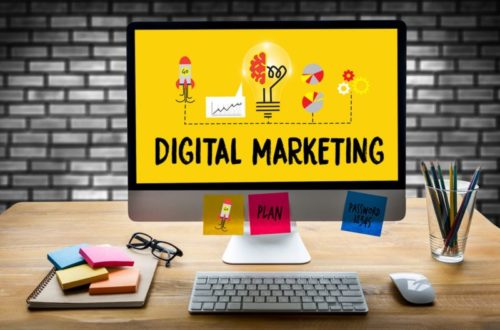What to Include in an Effective Automated Text Message

Automated text messages have become a foundational tool for modern communication, helping businesses and organizations engage with audiences efficiently and meaningfully. Well-planned automated SMS outreach not only saves time but also enhances the recipient’s experience, increasing open and response rates. Moving beyond mass announcements and incorporating an effective strategy into every message is essential to boost engagement with automated text messages.
At its best, automated SMS delivers timely, relevant information to the user’s phone, creating a sense of immediacy and trust. To achieve these results, each text must be concise, clearly branded, and highly relevant to the recipient’s interests or needs. Attention to structure, language, and user preferences will distinguish your campaigns from generic, forgettable blasts.
Core Elements of an Effective Automated Text Message
Every successful automated SMS contains several key ingredients. Start with a recognizable sender name, so recipients know who’s reaching out. The opening should immediately communicate the message’s purpose—whether it’s a reminder, alert, or offer. Include only essential information, but make sure nothing important is left unclear.
For example, a well-crafted appointment reminder should mention the date, time, and location, while a promotional message should clarify the offer’s value and expiry date. According to Pew Research Center, Americans rely on their phones for time-sensitive information, heightening the impact of concise, well-structured messaging.
The Importance of Personalization
Personalization turns an automated text message from “just another notification” into a genuinely relevant and effective interaction. Using the recipient’s name, referencing past behavior, or segmenting messages by interests ensures your outreach feels thoughtful. Modern automation tools make it easy to integrate personalization tokens, letting brands treat every recipient as an individual rather than a faceless number.
The difference is noticeable: shoppers are likelier to click on a personalized discount, and clients appreciate reminders that account for their specific needs or schedules. Over time, well-executed personalization builds loyalty and a greater willingness to engage with future messages.
Crafting Clear, Actionable Content
Clarity is non-negotiable in SMS. Because SMS is restricted by character limits, every word counts. Effective texts include succinct explanations and a simple call to action. Whether it’s a link to confirm an appointment, a prompt to reply with a keyword, or an offer code to use online, the next step should be obvious and easy to follow.
According to a Forbes article on SMS marketing, clear CTAs can significantly improve conversion rates, showing recipients value guidance and convenience in digital messaging.
The Role of Timing and Frequency
Timing matters as much as content. Messages sent during waking hours and aligned with the recipient’s schedule increase the odds of engagement. Too many texts, however, can quickly lead to annoyance or opt-outs. For optimal results, use audience analytics to identify preferred days and times, and limit frequency to avoid message fatigue.
Striking the right balance portrays your brand as attentive but not invasive, encouraging users to welcome, rather than dread, your messages.
Compliance and Opt-Out Instructions
An essential component of proper SMS outreach is regulatory compliance. Every communication should have explicit opt-out wording, such as “Reply STOP to unsubscribe,” which respects user choice and complies with regulatory standards. Neglecting this step risks damage to your brand’s reputation and possible penalties.
Easy opt-out instructions show audiences that their preferences matter and help establish lasting trust.
Reinforcing SMS With Multi-Channel Strategies
SMS should be part of a broader communications strategy rather than a standalone tactic. When coordinated with email, social media, or app notifications, the impact of each campaign multiplies. For example, a flash sale might start with an email, followed by an SMS for immediacy, and a social post for further reach.
Integrating SMS with other channels ensures key messages are seen, without relying on a single touchpoint, ultimately driving better results and a more connected customer experience.
Would you like to receive similar articles by email?





